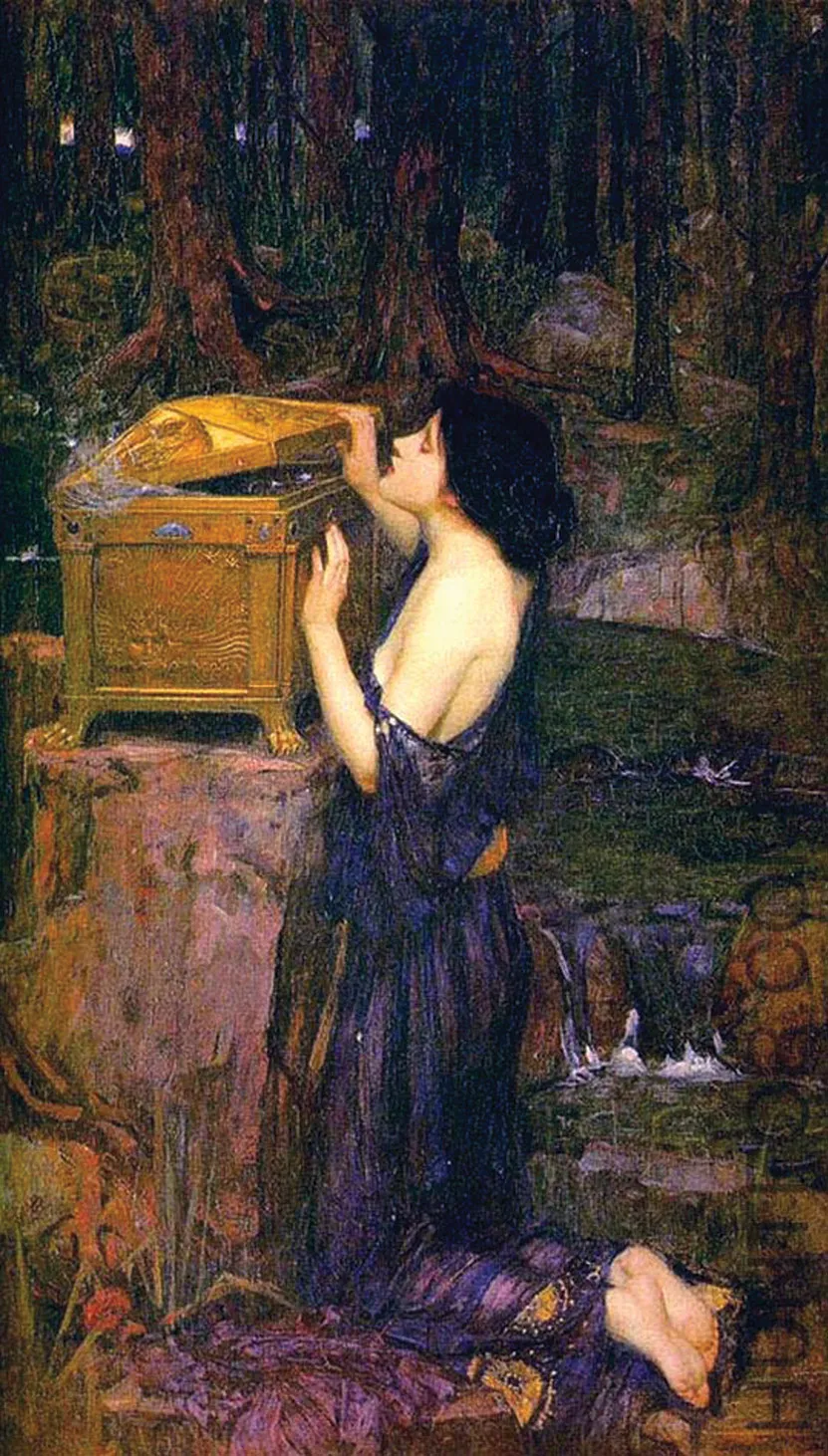
- 265 pages
- English
- ePUB (mobile friendly)
- Available on iOS & Android
About this book
A collection of 25 thought provoking Essays which create a bridge between the Classical personification of values and link them to current training and education in Western Medicine. This readable and erudite text provides a framework for modern clinical values - with a particular emphasis on anesthesiology - set in the context of ageless dilemmas facing each generation of physicians.
Medicine as a profession carries some specific obligations.The qualities of empathy, knowledge, generosity, respect, and scholarship provide a "family" of values that was personified by the Ancients in the family of Asklepios, and which form the basis of professional values today. Moreover, a substantial amount of professional growth should come from reflection based on the experience of caring for real patients – an appreciation of the human condition. Each essay within this beautifully crafted book illustrates the importance of expertise, skill, focus, mindfulness, and collaboration, all of which are integral to professionalism in medicine, and in particular to those working in the field of anesthesiology.
Anesthesiologists, Certified Registered Nurse Anesthetists and Anesthesia Assistants will find much to enhance their professional understanding within this text. The principles, values and traits of professionalism are relevant to all medical specialties and these essays provide a lyrical understanding of the traits required for professional development.
Frequently asked questions
- Essential is ideal for learners and professionals who enjoy exploring a wide range of subjects. Access the Essential Library with 800,000+ trusted titles and best-sellers across business, personal growth, and the humanities. Includes unlimited reading time and Standard Read Aloud voice.
- Complete: Perfect for advanced learners and researchers needing full, unrestricted access. Unlock 1.4M+ books across hundreds of subjects, including academic and specialized titles. The Complete Plan also includes advanced features like Premium Read Aloud and Research Assistant.
Please note we cannot support devices running on iOS 13 and Android 7 or earlier. Learn more about using the app.
Information
Part IThe Human Condition

1Disease: The Nosoi

For ere this (the opening of Pandora’s jar) the tribes of men lived on earth remote and free from ills (kakoi) and hard toil (ponoi) and heavy sickness (nosoi) which bring the Keres (Fates) upon men; for in misery men grow old quickly.But the woman took off the great lid of the jar (pithos) with her hands and scattered all these and her thought caused sorrow and mischief to men.1
Prometheus outwitted him (Zeus) and stole the far-seen gleam of unwearying fire in a hollow fennel stalk. And Zeus who thunders on high was stung in spirit … and he made an evil thing for men as the price of fire; for the very famous (Hephaistos) formed of earth the likeness of a shy maiden as the son of Kronos willed. And the goddess bright-eyed Athene girded and clothed her with silvery raiment, and down from her head she spread with her hands an embroidered veil.2
(and other gods were instructed to bestow their gifts upon her.) And all obeyed Lord Zeus, the son of Kronos. The renowned strong smith modelled her figure of earth, in the likeness of a decorous young girl, as the son of Kronos had wished … and (Hermes) put a voice inside her, and gave her the name of woman, Pandora, because all the gods who have their homes on Olympos had given her each a gift, to be a sorrow to men who eat bread.3
Pandora brings with her (a jar or box) containing burdensome toil and sickness that brings death to men, diseases and a myriad other pains.4
Only Hope was left within her unbreakable house, she (Hope) remained under the lip of the jar, and did not fly away. Before (she could), Pandora replaced the lid of the jar. This was the will of aegis-bearing Zeus the Cloudgatherer.1
Table of contents
- Cover
- Half-Title Page
- Title Page
- Copyright Page
- Contents
- Preface
- Introduction: Looking Backward, Looking Forward: The legacy of Janus
- Part I The Human Condition
- Part II Qualities
- Part III The Emotions
- Part IV Morality
- Part V Voice
- Part VI Actions
- Part VII Society
- Postface
- Index